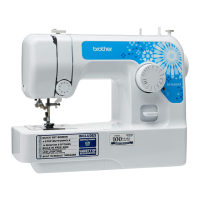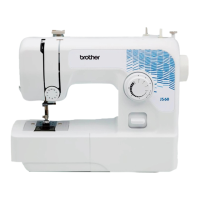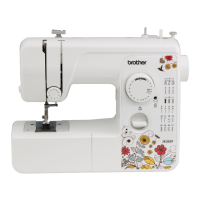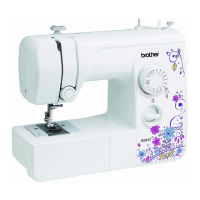What to do if the needle breaks on my Brother Sewing Machine?
- SSherri WoodardAug 15, 2025
If the needle of your Brother Sewing Machine breaks, ensure it's correctly installed and the needle clamp screw is firmly tightened. Replace the needle if it's bent or blunt. Also, make sure the upper thread is threaded correctly, and use the right combination of fabric, thread, and needle. Attach the correct presser foot for your stitch, and slightly loosen the upper thread tension. Lightly guide the fabric without pulling it, fit the spool properly, and use a bobbin designed for the machine. If the needle plate or bobbin case are scratched, contact your retailer or the nearest authorized Brother Service Center to replace them.





